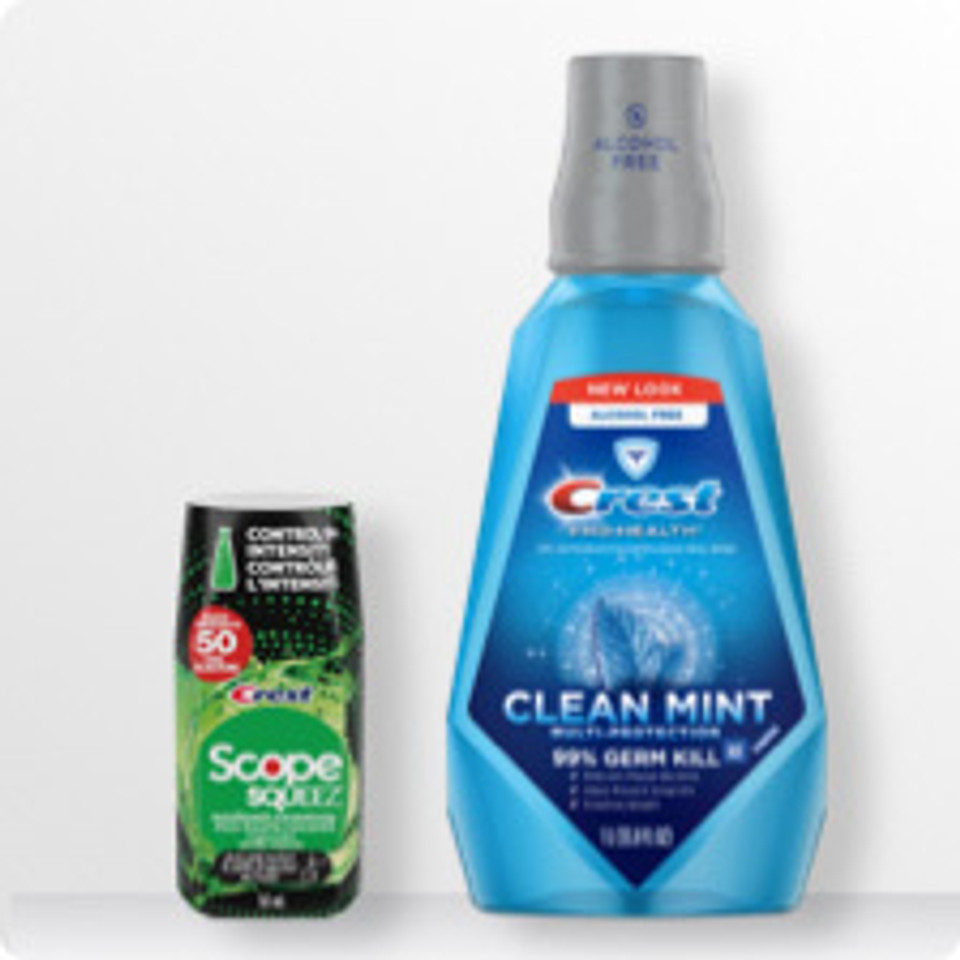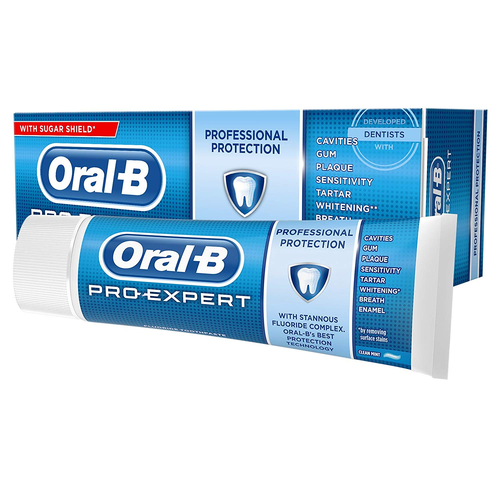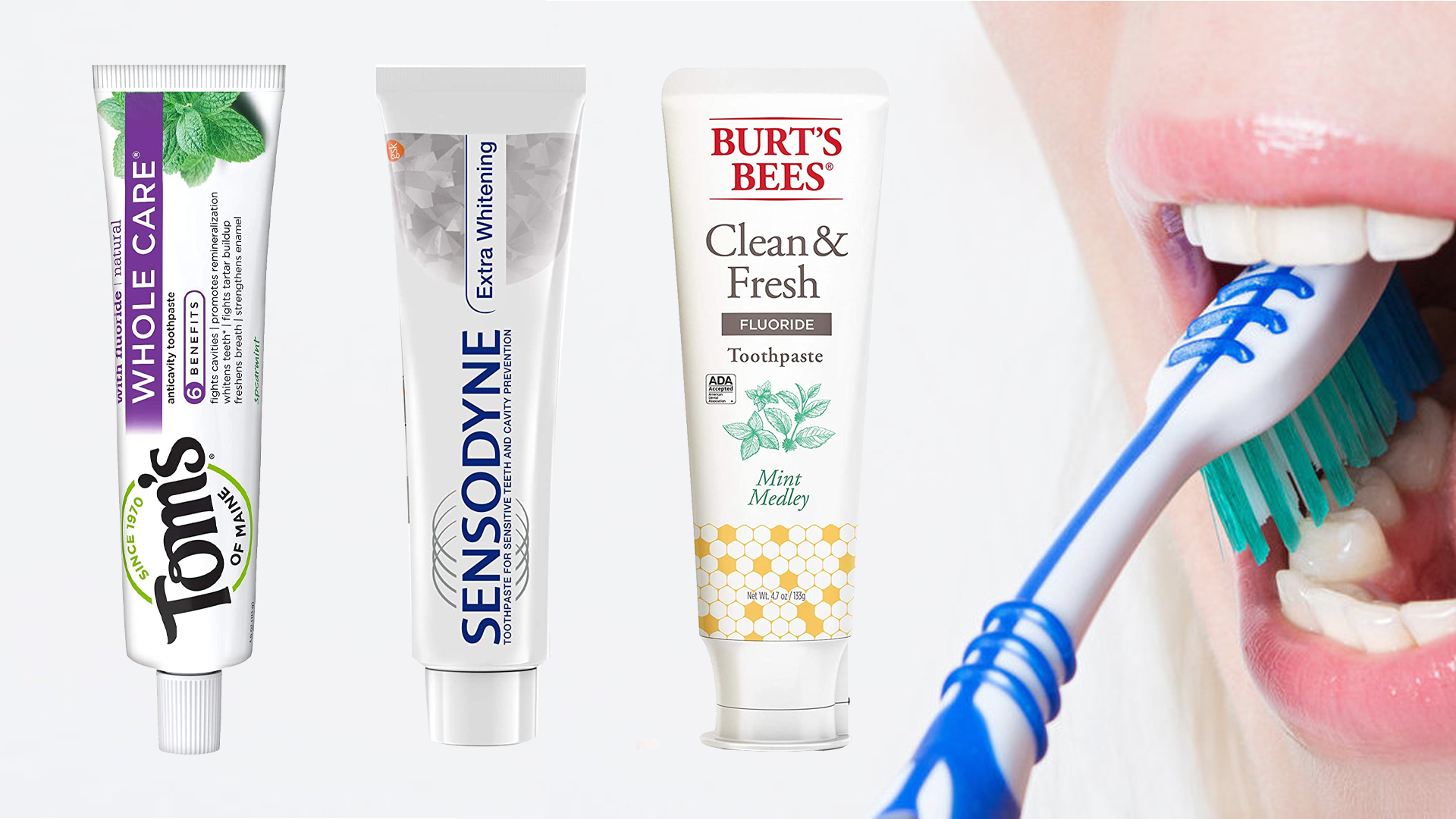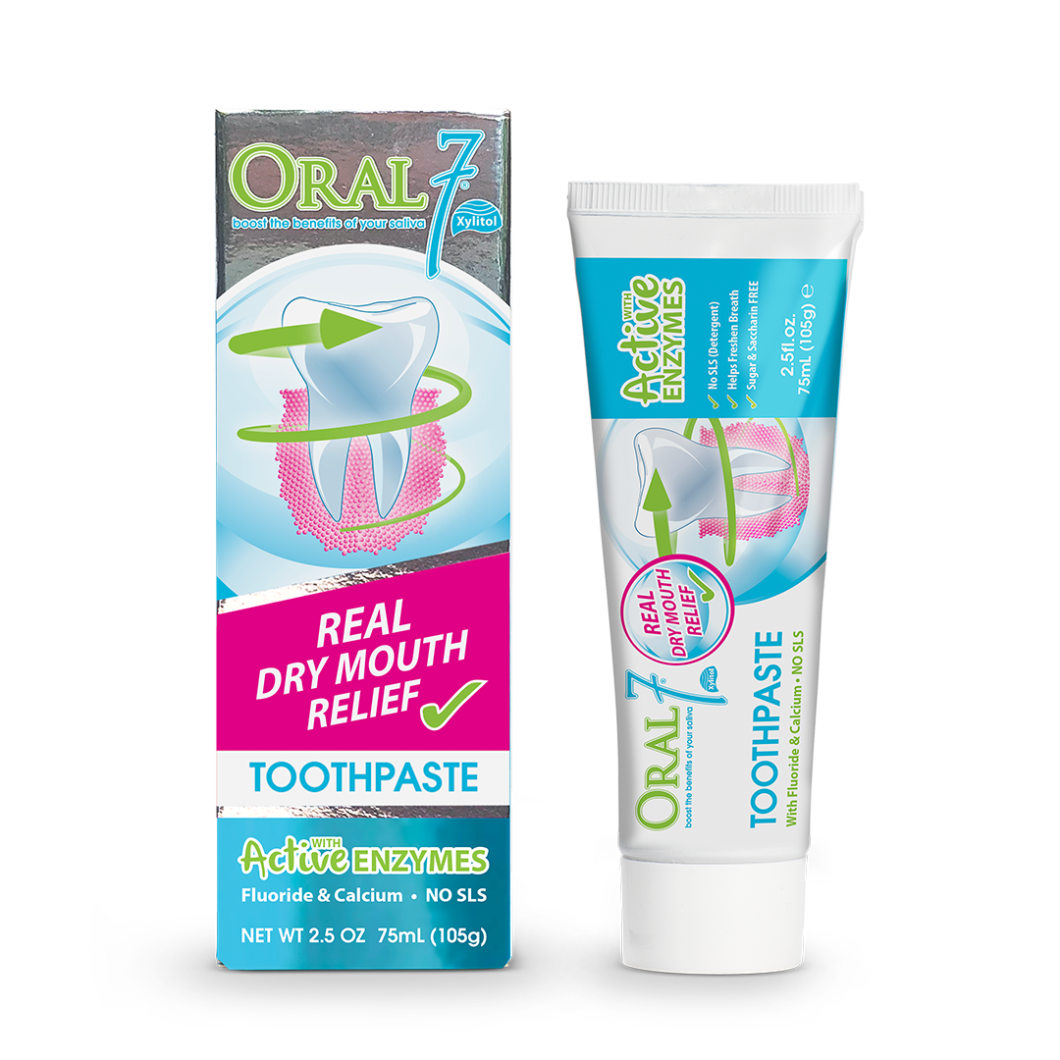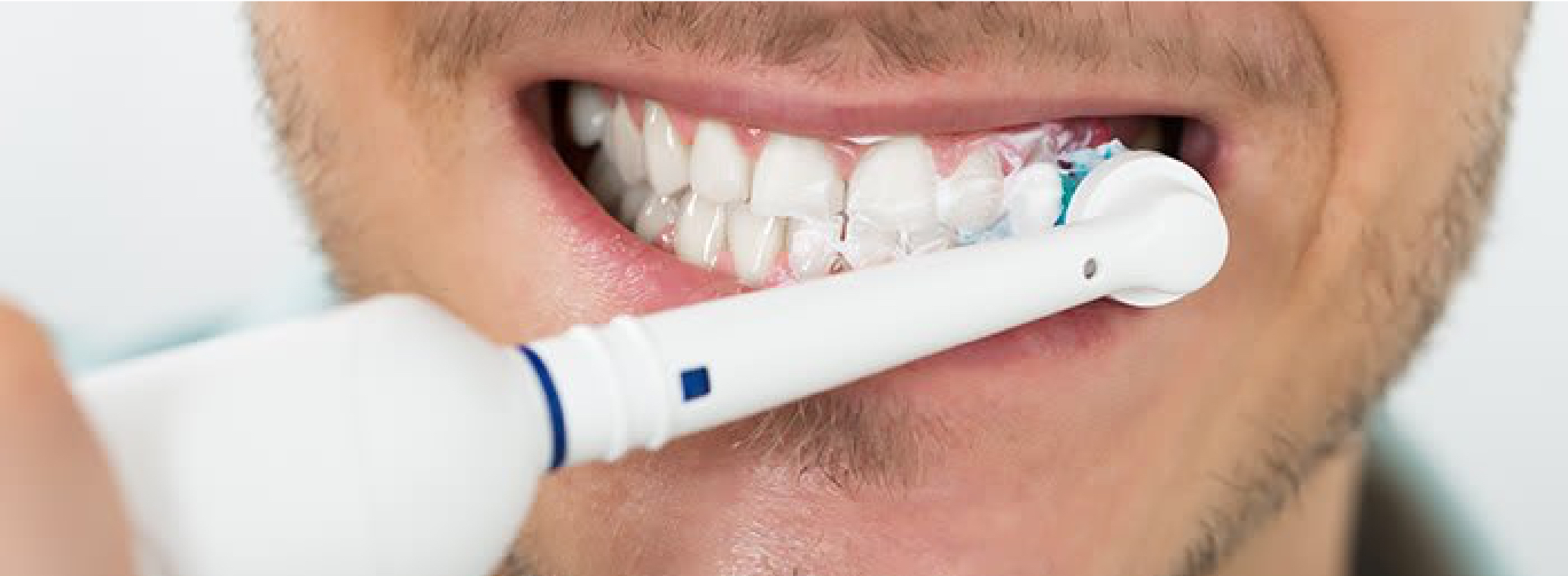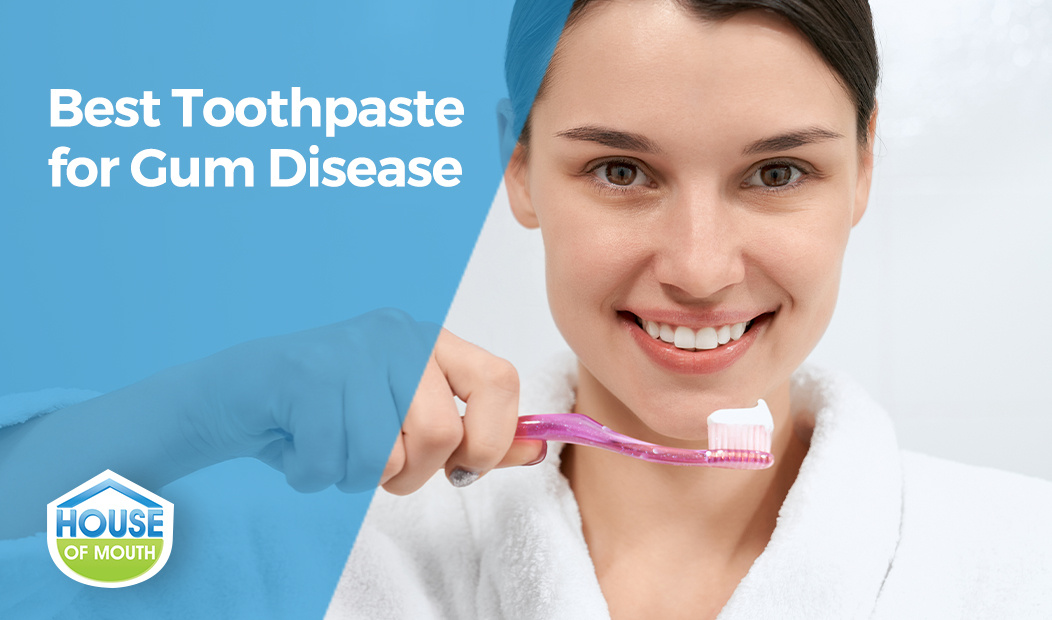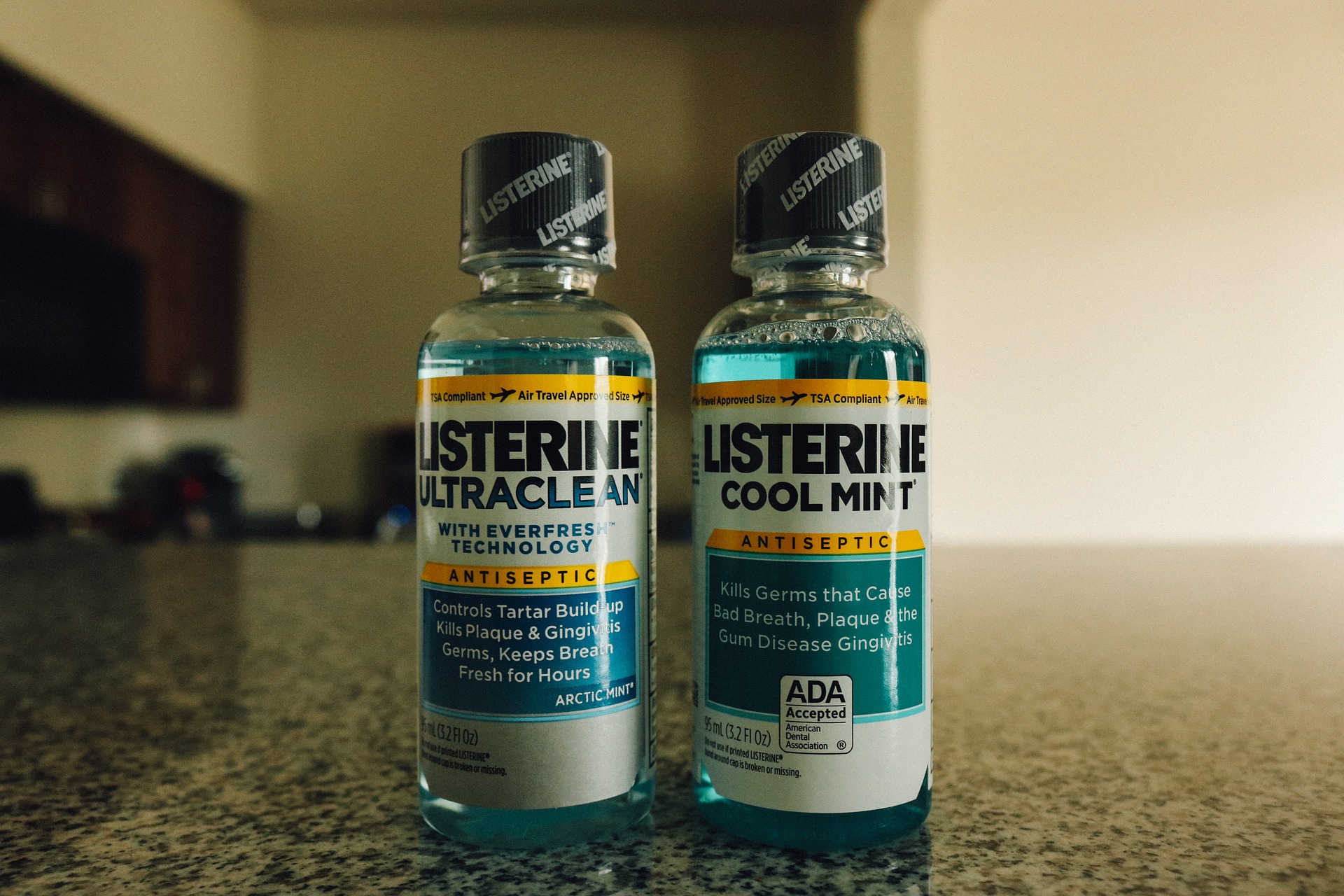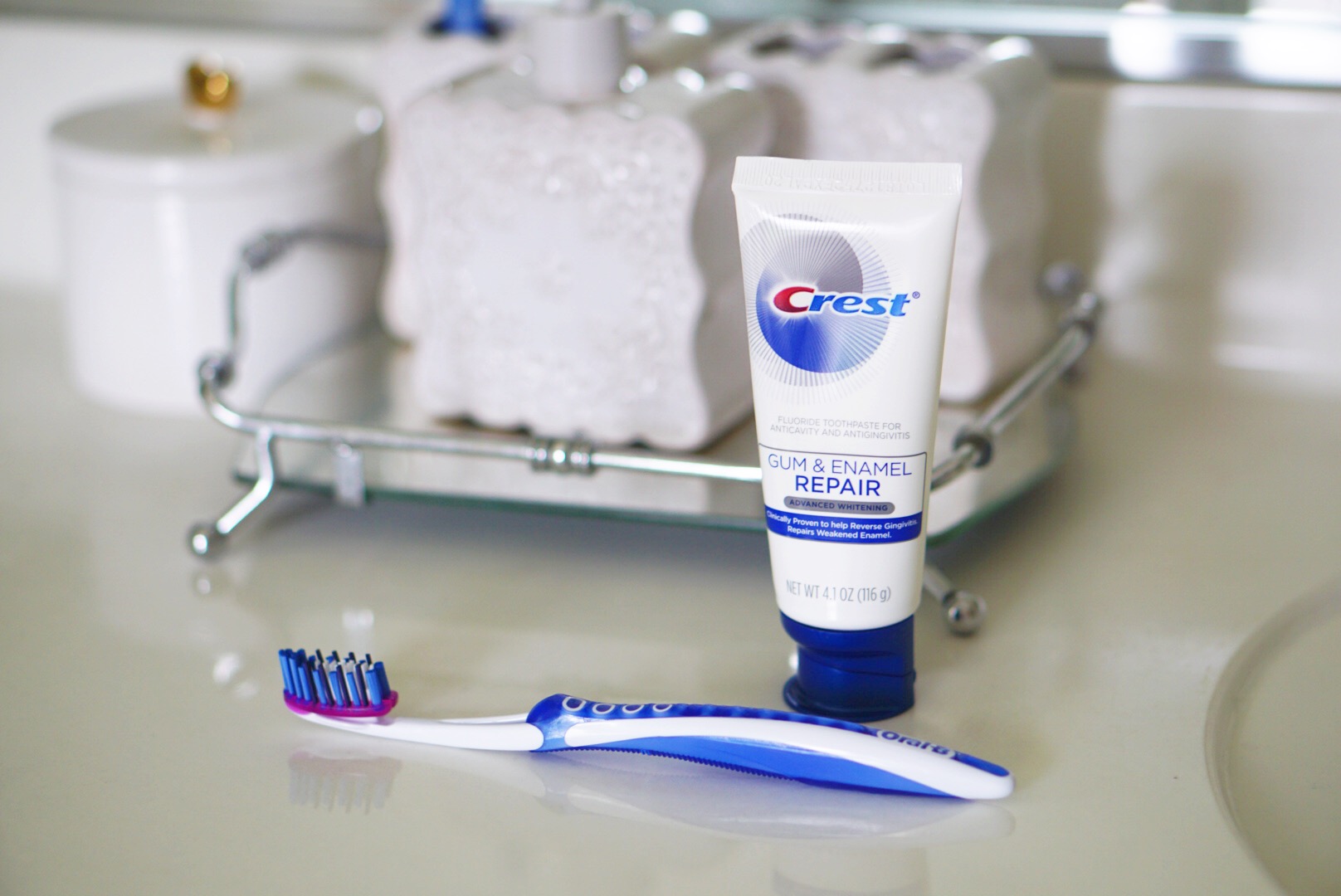Best Toothpaste And Mouthwash For Gum Disease

The throbbing ache, the bleeding gums, the unsettling looseness of teeth – these are the harsh realities faced by millions grappling with gum disease, also known as periodontal disease. Beyond the discomfort, gum disease is a serious threat, linked to systemic health issues like heart disease, diabetes, and respiratory problems. Effective oral hygiene is the cornerstone of prevention and management, and choosing the right toothpaste and mouthwash is paramount.
Selecting the optimal oral hygiene products for gum disease can be overwhelming amidst a sea of choices. This article dives into the science-backed ingredients and formulations that make certain toothpastes and mouthwashes superior in combating gingivitis and periodontitis. We will explore the recommendations of dental professionals, analyze the evidence supporting specific ingredients, and offer guidance to help readers make informed decisions for healthier gums and a brighter future.
Understanding Gum Disease: The Foundation of Prevention
Gum disease is an infection of the tissues surrounding and supporting the teeth. It begins with gingivitis, characterized by inflammation, redness, and bleeding of the gums.
If left untreated, gingivitis can progress to periodontitis, a more severe form that damages the bone and tissues holding teeth in place, eventually leading to tooth loss.
Plaque, a sticky film of bacteria, is the primary culprit, releasing toxins that irritate the gums and trigger inflammation.
The Role of Toothpaste in Combating Gum Disease
Toothpaste plays a critical role in removing plaque and preventing its buildup. Certain ingredients are particularly effective in addressing the specific challenges of gum disease.
Fluoride remains the gold standard for strengthening tooth enamel and protecting against decay, a crucial component even in the context of gum disease.
However, for managing gum inflammation, other active ingredients become increasingly important.
Triclosan, an antibacterial agent, was once widely used in toothpaste to fight plaque and gingivitis. However, due to concerns about potential health risks and the development of antibiotic resistance, its use has declined, and many manufacturers have removed it from their formulations.
Stannous fluoride offers a dual benefit, providing fluoride protection while also exhibiting antibacterial properties that combat plaque and gingivitis.
Studies have shown stannous fluoride to be more effective than sodium fluoride in reducing gingival inflammation and bleeding.
Zinc citrate and other zinc compounds possess antimicrobial properties that help control plaque and reduce gingivitis. These ingredients can also help to freshen breath by neutralizing odor-causing bacteria.
Some toothpastes contain ingredients like potassium nitrate or strontium chloride to address tooth sensitivity, a common symptom experienced by individuals with receding gums due to gum disease.
These desensitizing agents block the tubules in the dentin, reducing the transmission of pain signals to the nerves.
Mouthwash: An Adjunct to Brushing and Flossing
Mouthwash should complement, not replace, brushing and flossing. It can reach areas that a toothbrush cannot, providing an extra layer of protection against plaque and gingivitis.
Different types of mouthwash contain various active ingredients, each with its own mechanism of action.
Chlorhexidine gluconate is a powerful antiseptic mouthwash that effectively kills bacteria and reduces plaque and gingivitis. It is often prescribed by dentists for short-term use after dental procedures or to manage severe gum disease.
However, long-term use can cause tooth staining and alter taste perception.
Therefore, it is crucial to follow a dentist's instructions carefully.
Essential oil mouthwashes, containing ingredients like thymol, eucalyptol, menthol, and methyl salicylate, have been shown to reduce plaque and gingivitis. These oils disrupt bacterial cell walls and inhibit plaque formation.
They are a good option for those seeking a less harsh alternative to chlorhexidine.
Cetylpyridinium chloride (CPC) is another antiseptic ingredient found in some mouthwashes. It works by disrupting bacterial cell membranes, reducing plaque and gingivitis.
Fluoride mouthwashes help strengthen tooth enamel and protect against decay. They are particularly beneficial for individuals with a high risk of cavities or those experiencing dry mouth, which can increase the risk of tooth decay.
Some mouthwashes contain hydrogen peroxide, which can help to whiten teeth and kill bacteria. However, overuse can irritate the gums, so it is important to use these products as directed.
Expert Recommendations and Considerations
The American Dental Association (ADA) plays a crucial role in evaluating the safety and efficacy of oral hygiene products. Look for the ADA Seal of Acceptance on toothpaste and mouthwash, indicating that the product has met the ADA's rigorous standards.
Consult your dentist or dental hygienist for personalized recommendations based on your individual needs and the severity of your gum disease.
They can assess your oral health, identify specific areas of concern, and recommend the most appropriate products and treatment plan.
Consider any allergies or sensitivities you may have to certain ingredients. Read product labels carefully and choose products that are free of ingredients that you know you are allergic to.
If you experience any adverse reactions, such as irritation or inflammation, discontinue use and consult your dentist.
Remember that effective oral hygiene involves more than just choosing the right toothpaste and mouthwash.
Beyond Products: A Holistic Approach to Gum Health
Regular brushing and flossing are essential for removing plaque and preventing gum disease. Brush your teeth at least twice a day, for two minutes each time, using a soft-bristled toothbrush.
Floss daily to remove plaque and food particles from between your teeth and along the gumline.
A healthy diet, low in sugar and processed foods, can also help to prevent gum disease.
Smoking is a major risk factor for gum disease. Quitting smoking is one of the best things you can do for your oral health and overall health. Regular dental checkups and professional cleanings are crucial for detecting and treating gum disease early.
Your dentist or dental hygienist can remove plaque and tartar buildup, assess your gum health, and provide personalized recommendations for maintaining optimal oral hygiene.
Early detection and treatment can help prevent the progression of gum disease and save your teeth.
The Future of Gum Disease Management
Research continues to advance our understanding of gum disease and develop new and improved treatments. Ongoing studies are exploring the potential of probiotics to promote a healthy oral microbiome and prevent gum disease.
Scientists are also investigating new drug therapies that target the inflammatory processes involved in gum disease.
These advancements offer hope for more effective and personalized approaches to preventing and managing gum disease in the future.
Choosing the right toothpaste and mouthwash is an important step in the fight against gum disease. By understanding the science behind these products and working closely with your dental professional, you can take control of your oral health and enjoy a lifetime of healthy gums and a confident smile. Remember, consistent effort and a proactive approach are key to winning the battle against gum disease.
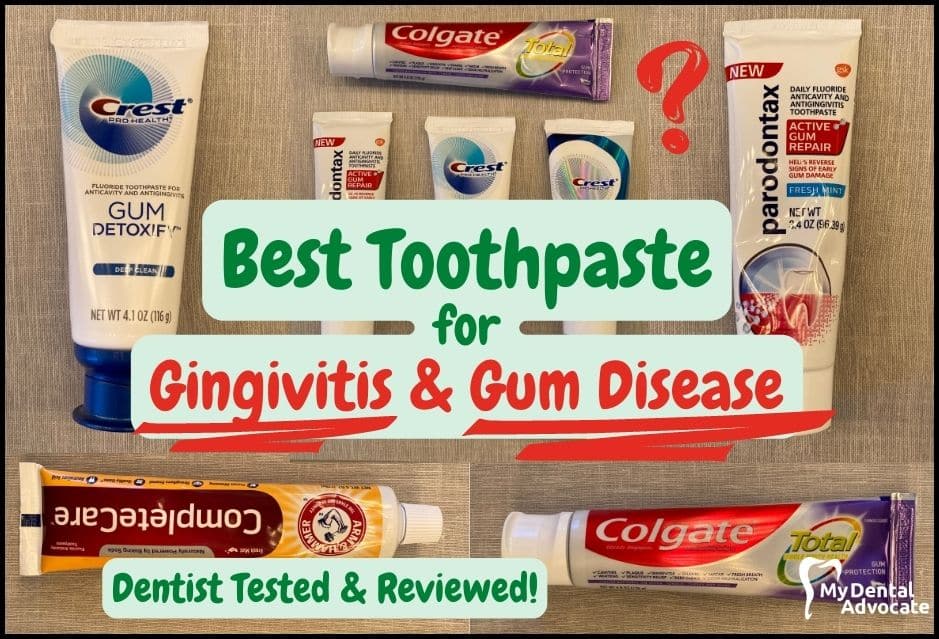
![Best Toothpaste And Mouthwash For Gum Disease 10 Best Mouthwash for Gum Disease and Gingivitis [Updated 2023]](https://www.oralcarehome.com/wp-content/uploads/2018/08/Best-Mouthwash-for-Gum-Disease-and-Gingivitis.jpg)


